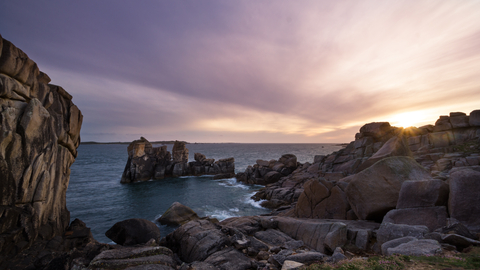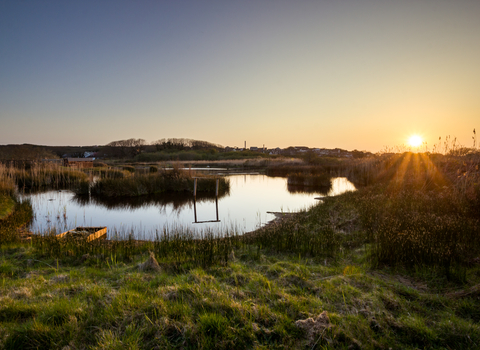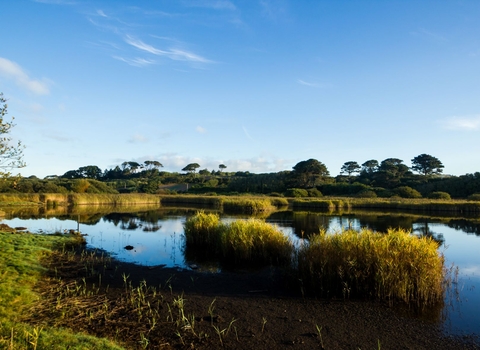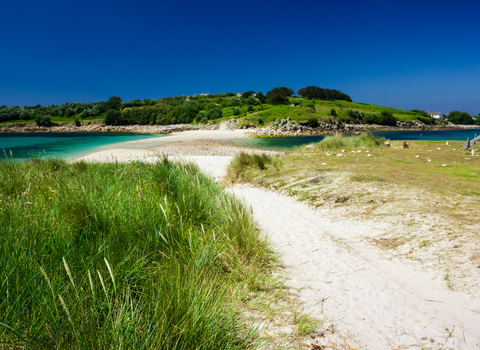Know before you go
Dogs
When to visit
Opening times
Open year roundBest time to visit
Year-roundAbout the reserve
Along the southern edge of St Mary’s, Peninnis Head is a significant headland with prominent granite cliffs and tors scattered amongst maritime heathland and grassland supporting a number of rare plant and lichen species. This is also a top spot for seeing birds on migration, including species like wrynecks, wheatears and ring ouzels, and breeding birds like stonechats and meadow pipits. In the winter, this is one of the best places to see humpback whales and fin whales close inshore, as well as pods of common dolphins.
Centrally, the area is dominated by wind-pruned ‘waved’ heath with small populations of western gorse, which is now being encroached upon by European gorse, bracken and honeysuckle. Along the coastal margins there are several areas of species-rich maritime grassland, which host thrift, sorrel, buck’s-horn plaintain, common scurvygrass, sea carrot and sea mayweed. They are interspersed with coastal grasses like red fescue, Yorkshire-fog and the nationally rare early meadow-grass and the nationally scarce western clover. The cliffs and tors are also covered in a rich and varied lichen flora which includes the golden hair lichen.
The cessation of grazing in previous decades has led to the encroachment of European gorse and bracken across the SSSI, resulting in the loss of a diverse maritime grassland sward. The site is now being grazed by our Red Ruby Devon cattle in the spring and autumn to reduce the dominance of coarse grasses and allow more wildflowers to thrive. The grazing also creates small areas of bare ground which is favoured by lichens.
Selective removal of European gorse and bracken control on the western and eastern slopes are creating a mosaic of scrub and grassland. We are also reducing the main stand of European gorse in the centre of the site, which is encroaching onto the heathland.




